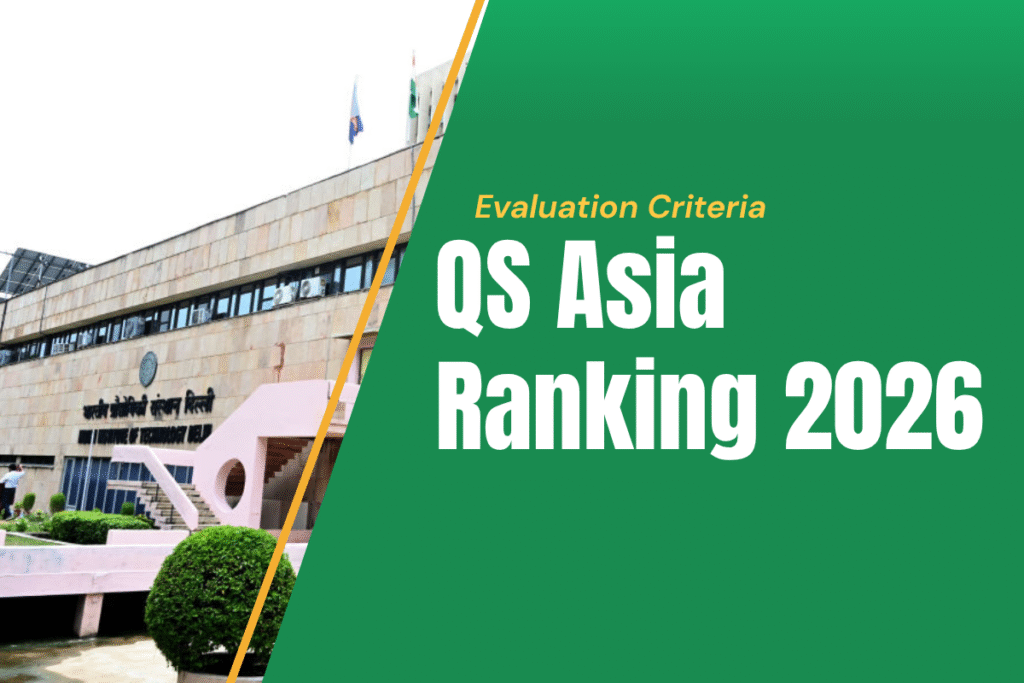
Strategic Reasons For India To Become Global Solar Innovation
India is rapidly transforming into a global leader in solar innovation, backed by strategic policy support, abundant natural resources, and a growing clean-energy ecosystem. As the world shifts toward sustainable power, India’s solar mission stands at the forefront of climate action and technological advancement.
For aspirants preparing with CivilsTap, understanding India’s solar leadership is crucial for topics related to energy security, climate policy, technology innovation, and sustainable development.
Why India Must Lead Global Solar Innovation: Strategic Reasons
India’s push for solar innovation is not just about renewable energy—it’s a strategic national priority. Below are the key reasons driving India’s global leadership.
1. Abundant Solar Energy Potential
-
India receives 4–7 kWh/m² of solar irradiation daily, one of the highest in the world.
-
With 300+ sunny days, India is naturally positioned to scale solar power generation.
-
This helps reduce dependence on imported fossil fuels.
2. Enhancing Energy Security
-
India imports significant quantities of crude oil, LNG, and coal.
-
Solar innovation minimizes reliance on volatile global energy markets.
-
It supports India’s goal of achieving energy independence by 2047.
3. Strengthening Domestic Manufacturing
Schemes like the following boost India’s solar manufacturing ecosystem:
-
PLI (Production Linked Incentive) Scheme
-
National Solar Mission
-
Make in India
Domestic production of solar modules, inverters, and batteries reduces import dependence—especially on China.
4. Rapid Technological Advancements
India is investing heavily in R&D for:
-
Perovskite solar cells
-
Bifacial modules
-
Solar-powered hydrogen generation
-
Grid-scale battery storage
These innovations help India compete globally in high-tech solar markets.
5. Climate Commitments & Global Leadership
India aims to:
-
Achieve 500 GW of non-fossil energy by 2030
-
Reduce emissions intensity by 45%
-
Achieve net-zero carbon emissions by 2070
Solar innovation plays a central role in meeting these goals while positioning India as a climate leader.
6. Boosting Job Creation & Economic Growth
Solar energy creates opportunities in:
-
R&D
-
Manufacturing
-
Installation
-
Maintenance
-
Green-tech entrepreneurship
This strengthens India’s green economy and industrial competitiveness.
7. Strategic Partnerships & Global Influence
India leads global initiatives like:
-
International Solar Alliance (ISA)
-
One Sun One World One Grid (OSOWOG)
These alliances amplify India’s influence in global renewable policy frameworks.
India’s Solar Strength – At a Glance
| Strategic Factor | India’s Advantage |
|---|---|
| Solar Potential | 300+ sunny days, high irradiation |
| Manufacturing | Strong PLI & Make in India support |
| Research Innovation | Growing R&D in next-gen solar tech |
| Global Initiatives | Leadership through ISA & OSOWOG |
| Cost Competitiveness | Lowest solar tariffs globally |
| Workforce Strength | Large skilled manpower pool |
Why CivilsTap Aspirants Must Study This Topic
This topic connects deeply with UPSC & state exams across:
-
Environment & Ecology
-
Energy Security
-
Economy & Infrastructure
-
Science & Technology
-
Government Policies
Stay updated using CivilsTap resources:
Courses → https://civilstap.com/courses/
Current Affairs → https://civilstap.com/new-current-affairs/
Daily Quiz → https://civilstap.com/daily-quiz/
Study Material → https://civilstap.com/study-material/
Free Downloads → https://civilstap.com/download/
Conclusion
India’s transition to a global solar innovation hub is both strategic and essential. From energy security and manufacturing strength to climate leadership and technology advancement, solar innovation is at the heart of India’s sustainable future.
With strong global partnerships and an ambitious renewable-energy roadmap, India is well-positioned to shape the world’s clean energy transformation.
Latest Blogs
Ask your Query
Recent Posts
- Strategic Reasons For India To Become Global Solar Innovation
- A Quick Guide on PRIP Scheme Boosts Pharma R&D
- Why QS Asia Rankings 2026 Are Important for Universities
- Kalyan Singh Nagar Becomes Uttar Pradesh’s 76th District – All You Need to Know
- Horticulture in Himachal Pradesh: Opportunities and Challenges
Browse By Category
- Daily Current Affairs (4)
- EPFO (4)
- HP Allied (7)
- HPAS/HAS (18)
- IAS (20)
- Monthly Current Affairs (1)
- PCS (20)
- Uncategorized (1)
- UPSC (19)
- Weekly Current Affairs (2)
- Yearly Current Affairs (5)

Archives
- November 2025 (3)
- October 2025 (8)
- September 2025 (10)
- August 2025 (10)
- July 2025 (6)

 November 13, 2025
November 13, 2025






Leave Comment